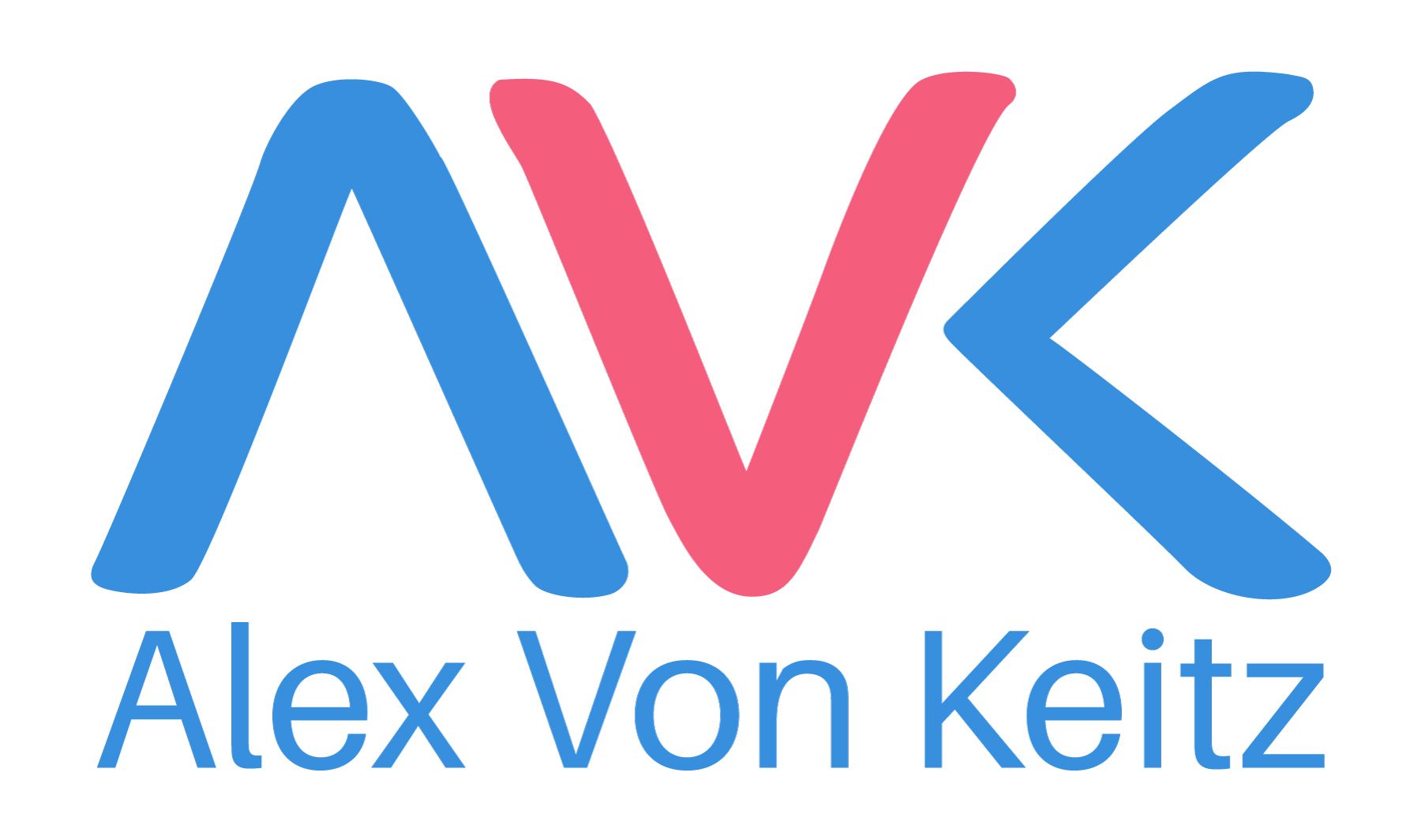Quantity you can count
Quality you can count on
I am the Interim Manager Quality & Sustainability to address and overcome your challenges.
If your organization is facing a bottleneck and is in need of an experienced expert, I am available as an Interim Manager.
My services include the analysis of processes and standards, as well as the implementation of improvement potentials. Additionally, I provide support for quality-related tasks in the areas of quality management and quality assurance.
My technical skills ensure adherence to the strictest guidelines and legal mandates, while my certifications in Lean & Six Sigma, Change Management, and various ISO standards highlight my dedication to excellence and efficiency.
Ensuring flawless start of production
To boost customer confidence, I formulated a Launch Management concept grounded in three pillars:
- Launch Manager who led a team to ensure On-Time, On-Quality, On-Cost.
- The Launch Room visualizes all product information and work steps.
- The Launch Report serves as the tool for escalating and keeping the team and management informed.
Zero Defect Award
There was a significant increase in complaints in the demanding production of our products. Diverse causes of defects were identified and resolved by applying continuous improvement methods.
The use of quality tools revealed failure, identified their true causes, and rectified them. Looking into related production areas allowed us to learn from successful practices and embrace the "zero-defect" ideal.
Our employees were motivated and internalized the principle of consistent defect prevention. In recognition of their efforts, each employee was awarded a certificate of appreciation.
Every defect is one too many.
- A failure equals an unsatisfied customer.
- A failure results in disruption and effort.
- A failure can be costly.
- A failure equals wastage.
- A failure can mean the loss of a customer.
On the right track to reduce failure costs
Internal failure costs encompass expenses tied to manufacturing defects, scrap, and rework. Assessment relies on the value added per production order and operation, following the production order calculation. In 20xx, internal failure costs reached 2.6%, exceeding the milestone target of 1.9%. The acceptable threshold for the subsequent year is a maximum of 2% internal failure costs. Increased internal failure costs and scrap stem from diverse factors. Hence, an initiative is underway to reduce the overall figure to <1% within the next 2-3 years.
- Initially, we analysed the most costly failures using Pareto analysis.
- For each failure, we established three essential measures.
- The progress of these measures was visually represented through key performance indicators (KPIs).
- Daily monitoring of these KPIs enabled us to adjust measures according to specific requirements.
How to proceed?
- Capturing the current situation.
- Formulating the desired target state.
- Developing a solution and implementing.




